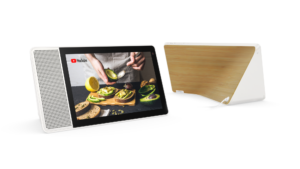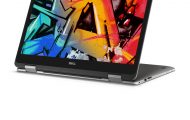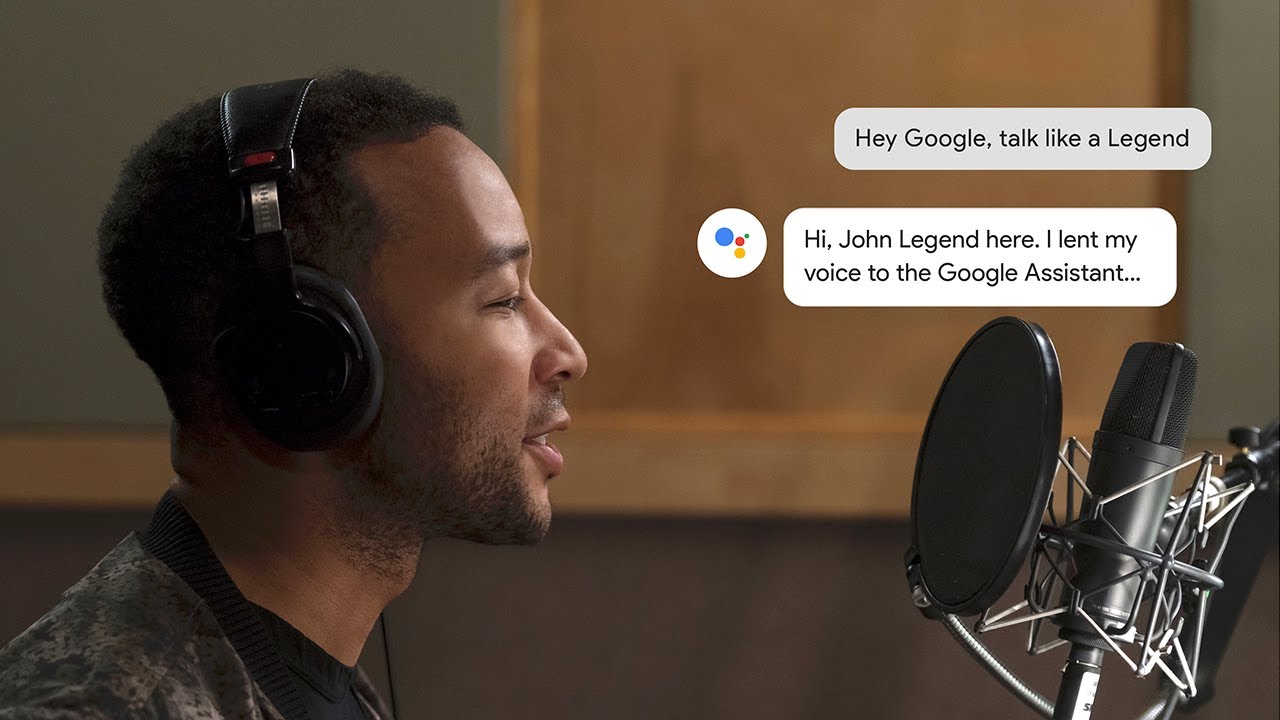Articles
Lenovo delivers the first Google Assistant smart display | Engadget
Google and Lenovo’s Smart Display Trounces Amazon’s in Every Way | Gizmodo
First of the Google Assistant-Powered Smart Displays Arrives This Week From Lenovo | Droid Life
From the horse’s mouth
The first Smart Displays with the Google Assistant are now available in stores (Blog Post)
Lenovo
Smart Display (Product Page, Blog Post)
My Comments
Google premiered the idea of smart displays based on their Google Assistant (Home) platform at the Consumer Electronics Show in January 2018. This is seen as an intent by Google to answer Amazon’s Echo Show smart display and they had Lenovo and JBL register their intent by presenting prototype products at that trade show. Lenovo even exhibited two models – a baseline unit with an 8” display and a premium unit with a 10” display.
Now Lenovo have made these Smart Displays available to the US market. Here, they will be made available through most of the well-known online and bricks-and-mortar stores who sell household technology like Walmart, Best Buy, Amazon, Costco and Sams Club, as well as being available direct through Lenovo.com.
The baseline model has an 8” screen with a 1280×800 resolution and a single full-range 10-watt speaker and being sold for USD$199.99. The premium model has a 10” display with a 1920×1200 resolution, two full-range speakers and a bamboo finish on the back for USD$249.99. Here, even the baseline model offers a larger display than what the Amazon Echo Show is equipped with.
There is the access to Google’s online services including YouTube, Duo and Maps. Users can even sign up to YouTube TV to receive most of the USA’s over-the-air and cable TV networks on this device via the Internet for USD$40 per month. As well, users also have access to Spotify, Pandora, iHeartRadio, TuneIn Radio along with most of the other popular content services available to the US market. They can also engage in videocalls using the Google Duo “over-the-top” IP-telephony platform thanks to an integrated video camera. Google Photos also allows these Smart Displays to become electronic picture frames as well.
Like other devices based on the Google Assistant (Home) platform, these Lenovo Smart Displays support the Google Assistant Routines which are effectively like “macros” or “scripts” that run a user-determined series of actions under one command. There is also the ability for these smart displays to interlink with “smart home” devices that work with the Google Assistant (Home) platform and can run video from compatible devices like the Nest Cam.
Individual privacy has been taken care of properly with a mechanical shutter that is slid over the camera along with a switch to mute the microphone. That feature is also important to prevent Google Assistant acting on “wake words” or other commands that may be said in normal conversation or uttered by a device.
From what I have seen of the photos posted online of this device, there is a clear concise graphically-rich user experience offered on the screen. It is rather than having a second-rate text-based display offered on the Amazon Echo Show devices. This is because the visual component of Google Assistant (Home) is based on the Android variant of the Google Assistant and it makes it easier to achieve a visual user interface across both Android devices and these Smart Displays.
But there is limited portrait-mode support amongst the app based offered for this platform. It is a sign that the visual-aid functionality for Google Assistant (Home) is still a “rough diamond” and Google and third parties will be needing to refine this functionality further.
I would see some of the other makes like JBL launch at least one Smart Display product for the Google Assistant (Home) ecosystem over the next few months, if not by year’s end.




